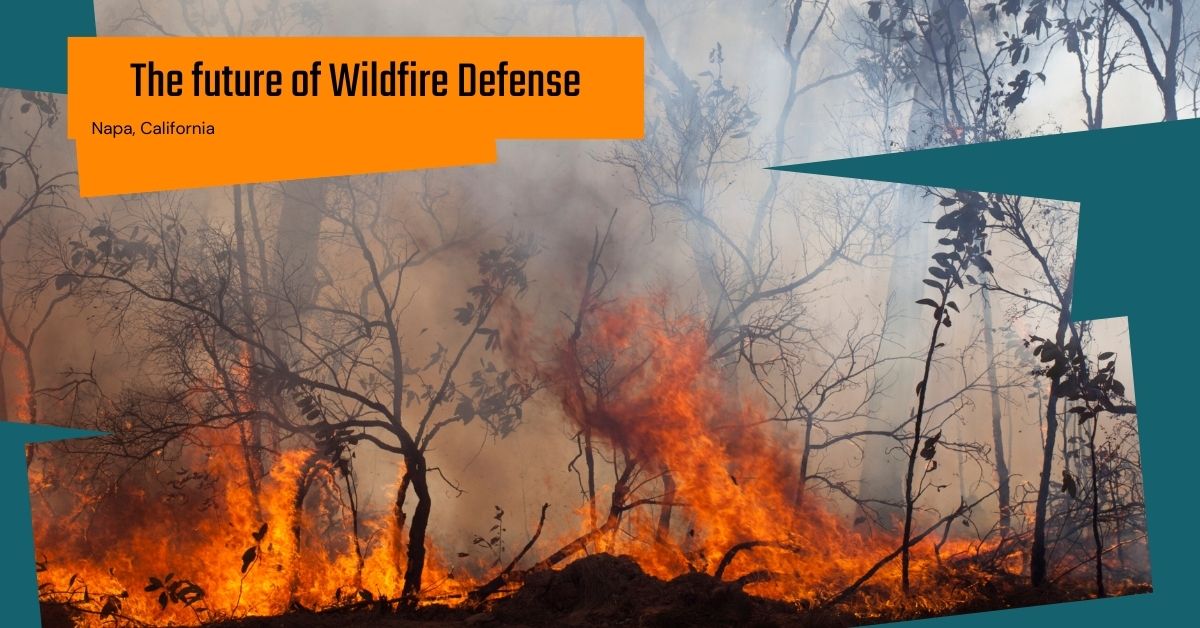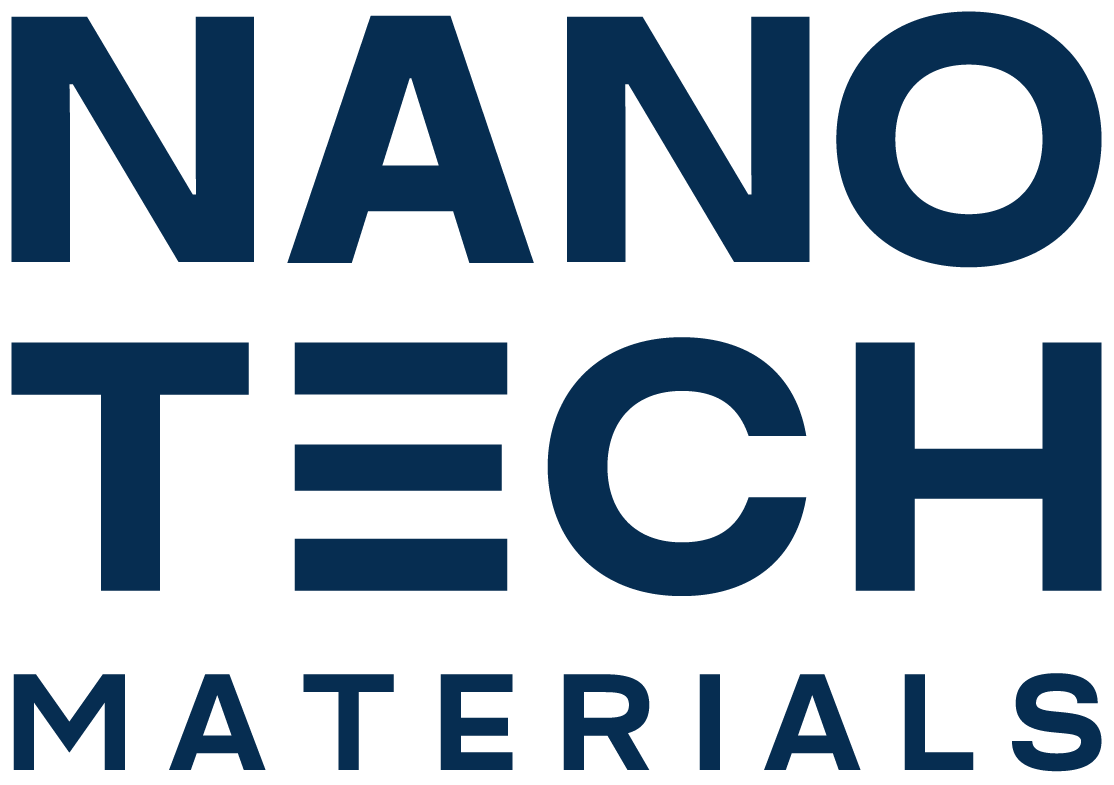Introduction
The role of low thermal conductivity in roof coatings is increasingly recognized as a crucial factor for energy efficiency in buildings. This blog post explores the scientific principles behind this property and its contribution to reducing energy consumption, referencing key research findings and studies.
Understanding Thermal Conductivity in Roof Coatings
Thermal conductivity measures a material’s ability to conduct heat. Roof coatings with low thermal conductivity resist heat flow, thereby maintaining a more stable indoor temperature by reducing heat gain in summer and heat loss in winter. This property is vital for creating energy-efficient roofing solutions.
Energy Efficiency and Low Thermal Conductivity
Roof coatings with low thermal conductivity are integral to energy-efficient building design. By limiting heat transfer, these coatings play a significant role in reducing the need for heating and cooling systems, leading to lower energy consumption and cost savings.
Advancements in Roof Coating Technologies
Recent innovations in roof coating materials have led to the development of coatings that offer low thermal conductivity while enhancing other properties like durability and weather resistance. An example is the temperature-adaptive radiative coating (TARC), which adapts its thermal emittance based on outdoor temperature, optimizing energy savings throughout the year.
Impact in Different Climate Zones
The effectiveness of low thermal conductivity in roof coatings varies according to the climate. In areas with wide temperature variations, such as the San Francisco Bay Area or New York City, the energy savings from these coatings can be particularly significant. Studies have shown that TARC outperforms standard roof coatings in 12 out of 15 U.S. climate zones, potentially saving an average household up to 10% in electricity costs.
Experimental Analysis of Energy Consumption
A detailed experimental analysis was conducted to compare the energy-saving characteristics of cool roofs and green roofs under varying conditions. The study employed a time-differential comparative experimental design, focusing on summer cooling and winter heating conditions, to validate the energy-saving benefits of cool roofs compared to alternative roofing systems.
Challenges and Future Directions
Despite the promising benefits, challenges such as cost and material degradation in exposed environments remain. Ongoing research is focused on overcoming these hurdles, ensuring the long-term performance and sustainability of low thermal conductivity roof coatings.
Conclusion
Low thermal conductivity in roof coatings is a key element in the pursuit of energy efficiency in building design. With continuous advancements in material science and practical applications, these innovative coatings are poised to play a vital role in sustainable architecture and energy conservation.
References:
- UC Berkeley and Berkeley Lab’s study on temperature-adaptive radiative coating (TARC): New Smart-Roof Coating Enables Year-Round Energy Savings.
- Experimental analysis of energy consumption in building roof energy-saving technologies: Frontiers | Experimental analysis of energy consumption of building roof energy-saving technologies based on time difference comparison test.
This expanded blog provides a detailed understanding of the impact of low thermal conductivity in roof coatings on energy efficiency, supported by scientific research and experimental studies.



